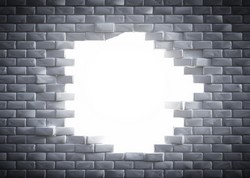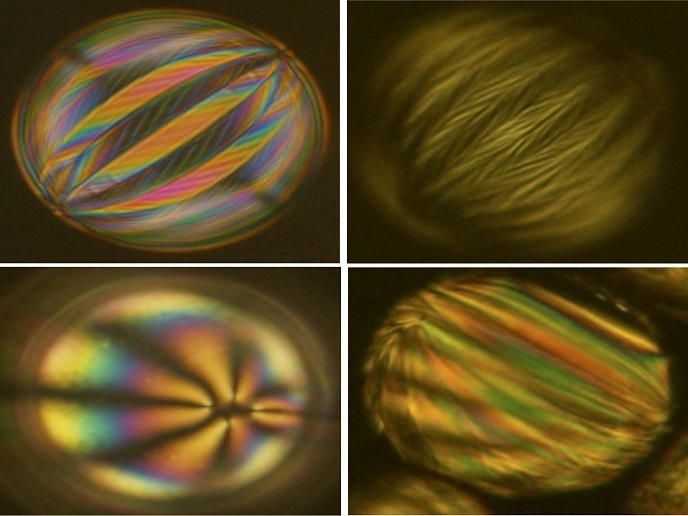Let the sun in with translucent concrete
Better insulation of new and old walls, the correct proportion of transparent and opaque surfaces and better exploitation of sunlight could all significantly reduce energy consumption and carbon emissions. Therefore, the EU-funded project BRIGHTWALL(opens in new window) (Development of an innovative translucent concrete sandwich panel with dynamic control of light transmission) has developed a completely new material — translucent concrete — for facades and load-bearing walls. This energy-efficient material has the form of a sandwich panel with embedded optical guides and thermal insulation. Integration of a liquid crystal layer in the sandwich structure enables the dynamic control of light transmission. Researchers investigated suitable concrete compositions and found two that can move without vibration affecting the dense optical guide network placed within the panel. Project partners also focused on new optical guide concepts that concern the interfaces with the concrete and the polymer-dispersed liquid crystals (PDLCs). Researchers therefore thoroughly investigated polymer and liquid crystal candidates in order to prepare PDLC layers and a lab-scale fibre to demonstrate optical modulation. Through simulations, it was found that replacing conventional brick walls with the BRIGHTWALL solution in buildings can lead to considerable energy savings involving the use of artificial lighting, cooling and heating. In addition, the use of this material, which enables the supply of high-quality natural light to buildings, is proven to have a positive effect on individual human health. The successful implementation of BRIGHTWALL will also pave the way to applications, such as the recovery of heat produced inside the walls for use in water heating.) In this way, BRIGHTWALL technology will help to bring European small and medium-sized enterprises (SMES) to the forefront of technological developments. Energy-inefficient buildings account for a large part of energy losses in Europe, amounting to EUR 100 billion annually. Hence, BRIGHTWALL will help stakeholders comply with EU legislation for reducing the energy consumption of buildings. The main legislation includes the Energy Performance of Buildings Directive (EPBD) and the Energy Efficiency Directive (EED).





